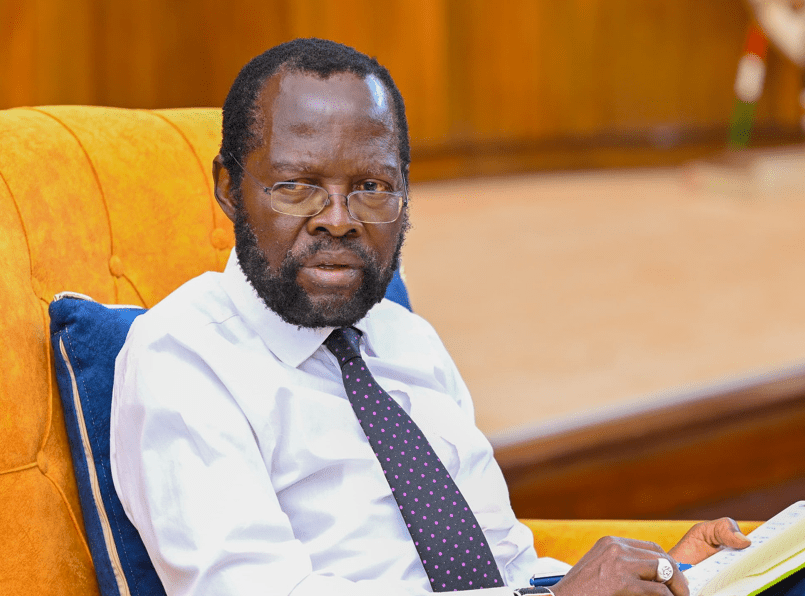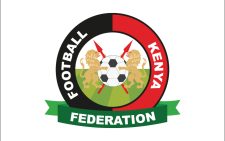Why fish farmers are swimming in money

Farmers in Nyanza, a region largely associated with lake fishing, are fast embracing modern fish farming, attracted by better returns and more predictable outcomes.
This shift comes at a time when fish stocks in Lake Victoria have been dwindling due to rising pollution, overfishing and weed infestation.
Farmers from the lakeside counties of Homabay and Kisumu are at the forefront of this socio-economic change.
George Muga, 49, runs a fish farm on a two and a half acre piece of land in Kendu Bay, from which he produces 100,000 to 120,000 fingerlings a month.
In total, Muga has 32 fish ponds comprising nursing, brooding and grow-out sections in addition to a home-made hatchery.
Brooders are fish reared for breeding purposes while grow-out ponds refer to areas where fish are reared until they reach harvestable size.
He sells the fingerling at Sh4, Sh5 and Sh7 a piece, depending on age and size. He plans to increase production soon as the amount he produces is below market demand.
Hobby turned business
“We want to increase production to 500,000 fingerlings a month by January next year We have already increased brooders and are working towards increasing our nursery hatchery units,” he said.
His main clients are cage fish farmers, accounting for 60 percent of his sales. Despite being few, they buy fingerlings in Large quantities. Cage fish farming involves suspending a netted enclosure i n a water body such as sea or lake.
He sells the remaining 40 percent of his produce to local fishpond farmers, with some exported to Uganda and Tanzania.
Since he majors in production and nursing of fingerlings, only four ponds are used to rear grow-out fish.
While this is not Muga’s core business, he makes good money selling the mature fish at Sh350 a kilogramme, harvesting an average of 200 kilogrammes a pond.
He is in the process of constructing eight more raised ponds to increase his production of table-size fish.
The former accountant began fish farming as a hobby in 2002, rearing catfish in two ponds fed by rain water he harvested from his roof. He made an initialsale of Sh40,000, at the timeatidysum, prompting him to go commercial.
He then bought a quarter acre land at Sh80,000 using a bank loan on which he constructed four grow-out ponds, 200 square metres each.
“Back then, we had a challenge selling our produce as many people held the notion that pond fish was not delicious. Luckily, that has changed. Our fish now fly off the shelves,” says Muga.
Due to overstocking, however, Muga’s first harvest was poor forcing him to seek assistance from the Ministry of Fisheries, after which he made Sh250,000 from the second harvest.
Costly feeds
In 2013, he quit his accounting job, bought a Sh 1 50,000 piece of Land and went into full time fish farming, switching to fry nursing, following advice by Food and Agriculture Organisation officials. A fry is juvenile fish, hence fry nursing is the process offending a young fish, usually smaller than fingerling, until they become fingerlings.
Difficulty in acquiring fish fries forced him to buy 200 brooders in 2014 at Sh200 each.
It is from these brooders that Muga began his own hatchery situated on the bank of River Awach near Kendu Bay Town.
“To cut on the cost of production, we use locally available materials such as plastic containers to make equipment such as a hatchery, raised ponds and the pond filtration system,” he said.
Currently, his largest expense item is feed, which goes for Sh3,000 for a 20 kilogramme bag, followed by the cost of pumping river water into the pods. Muga’s fish farm consumes about 50 kilogrammes of feed a week.
Other challenges include predators and thieves reducing his fish stocks and silt-filled water blocking his sedimentation system.
To deal with these challenges, he has installed a CCTV surveillance system at Sh1 50,000 and is in the process of acquiring a new filtration system estimated to cost half a million shillings.
He largely depends on table banking and profits to grow his business. The farm was a sole proprietorship until early this year when he brought in two more investors. He plans to convert it into a company by next year.
It has seven permanent employees and offers internships to university students throughout the year.
From the proceeds offish farming, Muga has built a five bedroom bungalow and pays school fees for his seven children, three of them in college, in addition to his day to day expenses.
He has also subcontracted four other farms, in a monthly buy-back arrangement, to nurse fingerlings for him until they attain five grams Live weight.
“I am no longer worried about retirement securing jobs for my children. In this project, they already have a job in aquaculture,” he said.
“But we need to get away from the ordinary, youths don’t like it. We need to embrace aquaponics to produce more and faster on a smaller area,” he added. Aquaponics is a system that combines usual aquaculture and hydroponics (growing plants with mineral nutrients solutions in water).
Paul Waindi, a retired Senior Assistant Director of Education from Buoye, Kisumu county, just like Muga, is happy he went into fish farming.
Waindi, 70, has two 350 square metre ponds, in which he rears tilapia to harvestable size earning Sh70,000 per pond every harvest. He is in the process of repairing a third pond in which he intends to rear catfish He began the venture, which runs in collaboration with his wife, Martline, in 2011 at a cost of Sh56,000, including the cost of stocking fingerlings.’ Taking care of fish is easy. The mam task is feeding them; they have almost no diseases. You don’t have to go looking for buyers, they come to you. Fish has become scarce,” he said.
Enos Were, the Managing Director, Jewlet Fish Farm located in Homa Bay producing both fingerlings and table-size fish, supports Waindi’s sentiments.
“You only need to get an appropriate site for your pond and have the right information on water quality and feed management,” Were said.
The nine-year-old farm has over 100 fishponds rearing mainly Tilapia and Catfish. As in Muga’s case, Waindi’s main challenge is cost of feeds and the cost of pumping water from a nearby river.
Proper record keeping
Each pond consumes about Sh24,000 worth of feed till maturity.
To deal with the menace of predatory birds and petty thieves, Waindi has employed three farm hands and has spread netting over the ponds.
From the proceeds of fish farming, Waindi has acquired five dairy cows, a prized retirement package.
He advises new entrants into the venture to keep proper records if they are to succeed.
“With one pond, you only need to wait for six to eight months to earn a minimum of Sh 10,000. You don’t need much to start, you might need to borrow to expand. It’s easy and profitable,” he said.
Fish populations in Lake Victoria have been declining in the recent past forcing fish mongers from the region to look for alternative sources, including importing from China.
According to a 2018 report by the Kenya Marine and Fisheries Research Institute (KMFRI), the total catch from the Kenyan section of Lake Victoria was estimated at only 19,310.9 metric tonnes worth Sh1.2 billion as of May 2018.
As pert he report, Homabay county leads in sourcing fish from the lake (49 per cent) followed by Siaya (25 percent) while Migori, Busia and Kisumu trail at 13,10 and one per cent respectively.
An earlier survey conducted in 2017 by Lake Victoria Fisheries Organisation, a Uganda-based group, found the Nile Perch (Lates niloticus) species population had dropped by a quarter while Dagaa (Rastrineobola argentea) stocks had reduced by 49 percent due to pollution, overfishing and weeds.
Pollution reduces the space available for breeding and habitation while weeds, such as water hyacinth, reduce the amount of dissolved oxygen available to fish and other aquatic creatures.
In 2016, Kenya passed into law the Fisheries Management and Development Act 2016, which seeks to guide the conservation, management and development of aquatic resources
FISHING STATISTICS
19,310 metric tonnes of fish catch from Lake Victoria as at 2018.
1.2b Amount of money made from fishing from Lake Victoria as at 2018.
49% Percentage of fish stocks Homa Bay sources from Lake Victoria.












